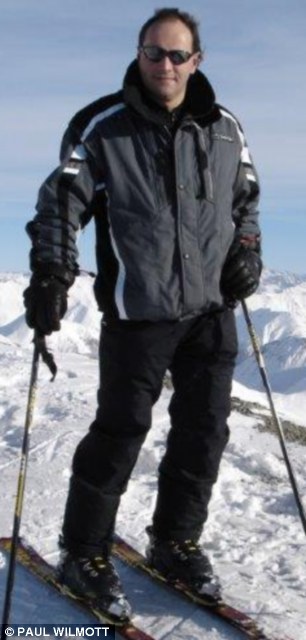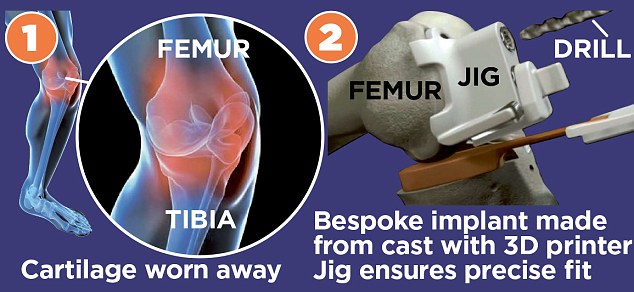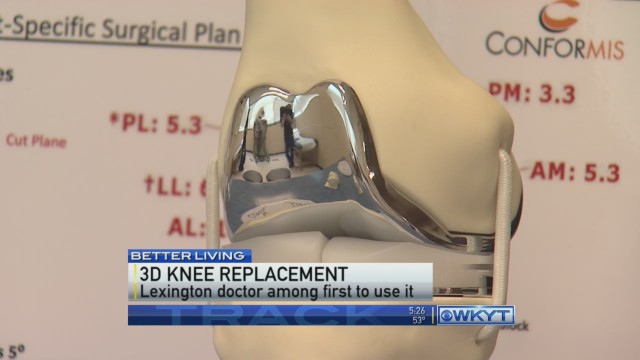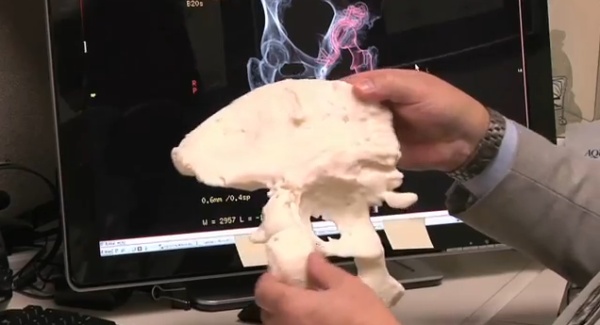3D printing technology has been used to design the knee replacement implant. This implant has helped a 51 years old man to go back to doing skiing without pain. The implant is named as Bespoke and developed by a US based company Confromis.
Enthusiastic skier, Mr. Paul Wilmott was advised by doctors to quit skiing due to an old injury in his left knee. It was terrible to move the knee because of pain and it was unable to endure pressure. But thanks to 3D printing technology a replacement knee was made for him. Once this knee was implanted in his knee, he was able to practice his favourite hobby again without pain. Remember skiing is known to put much pressure on the knees and now he can even do skiing for seven hours without pain.
51 years old Paul is really very happy to get this new knee implant. He has tested his new knee on the slopes of Austria. The replacement is called Bespoke and developed by a US based company Confromis. The company uses the latest technology in 3D printing. According to the company, the technology requires removal of far less number of bone and muscle tissues. After the recovery, the new knee can perform as efficient as a new one.


Cartilage wearing are the main causes of the knee pains. Actually the bones are covered by the cartilage on the corners like knees and thigh bones, shine bone. As these bones get rubbed together the result is pain, swelling and stiffness. About 85000 knee replacement operations are carried out in UK each year. For standard knee replacement, a 12mm of bone removal is required while Conformis implants require only 7mm bone removal.


Actually, the patient is first required to have a CT scan so that a 3D image of knee joint is produced. This image forms the basis of the the implant design. A “mould” is printed using 3D printing technology. This mould is then used in the construction of bespoke implant using Polyethylene (a special type of plastic) with an alloy of cobalt and chromium. The alloy can last for 15 years. The operation requires almost an hour to fit the knees and general anesthetic procedure is adopted.
